October 20, 2023 – The Semi-Frozen North
Polar Bears command a lot of attention. It was the bear on the cover image that drew you in, right?
Polar bear magnetism has something to do with the fact that they are extremely dangerous, and at the same time they seem so cuddly. The contrast makes polar bears irresistible.
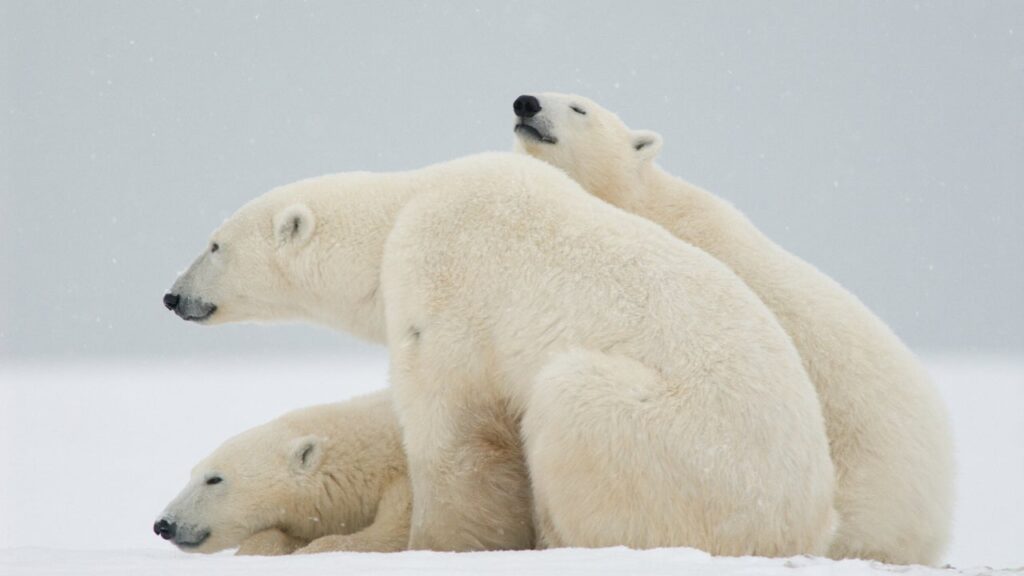
Polar bear’s natural adaptations have worked in their favour for millennia. Heavy white coats provide insulation and camouflage in a harsh environment. Small ears, eyes, and closable nostrils adapted to a marine environment make polar bears efficient arctic hunters. Their long legs with large padded front feet are ideally suited to swimming. These highly adapted features have allowed the polar bear to remain at the top of the evolutionary food chain for eons.
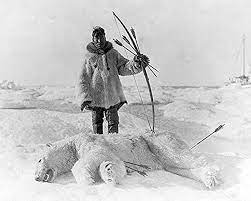
The very features that make them such strong hunters are the same characteristics that make polar bears irresistible as human prey.
Polar bear coats are prized by Inuit and other circumpolar people who have used the hide for clothing and as insulated flooring and bedding for as long as the two species have co-existed.
Bear claws and teeth are used as tools, and for talismanic and decorative purposes.
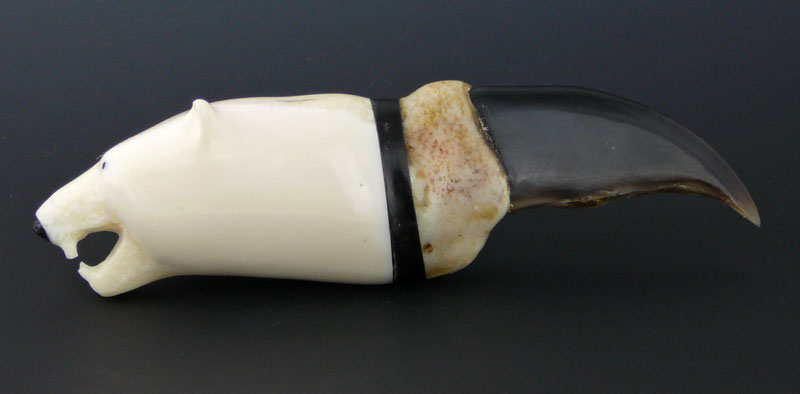
Polar bear meat, while only marginally palatable, has a high caloric value, useful as winter sustenance. Polar bear fat was once used as lamp oil, providing heat and light in a land of perpetual winter darkness.
For thousands of years, man and polar bears co-existed in one of the harshest environments on earth, but in the 18th century the natural balance started to weigh against the bear as fur traders began hunting polar bears in great numbers.
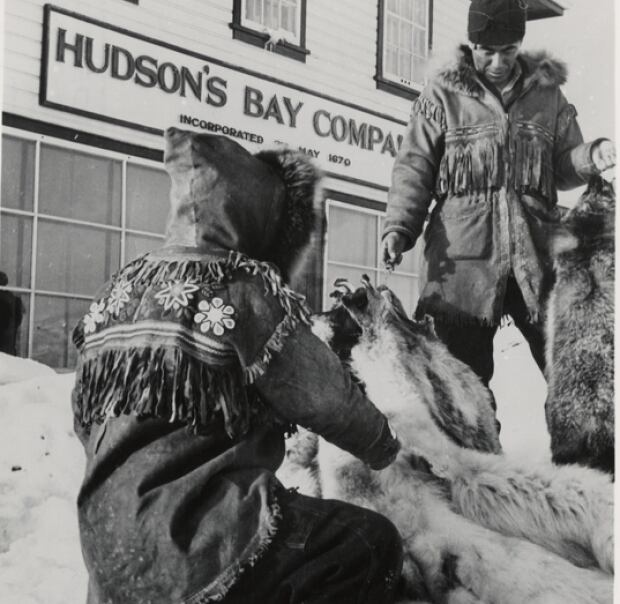
The Hudson’s Bay Company is estimated to have harvested an average of 1,500 polar bears annually, for centuries.
In Russia, 150,000 more bears were slain in the same period. Norway and other arctic countries also contributed to the wholesale slaughter of polar bears. It wasn’t until 1973 that international agreements regulating the harvesting of polar bears took effect, but by then the population was in serious and continuing decline.
In the 20th century, advertisers, fashion models, movie producers, and many other folks exploited the majestic beast for commercial purposes. Polar bears were no longer taken for sustenance or other substantive purposes but for sport or fashion.
Lounging on a polar bear carcass became a fad in the early 20th century, for models and actresses on their way to stardom. Jean Harlow, Marilyn Monroe, and Jayne Mansfield all used a white bear rug as a prop at some point during the ascent of their careers.
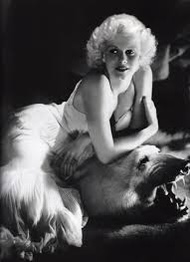
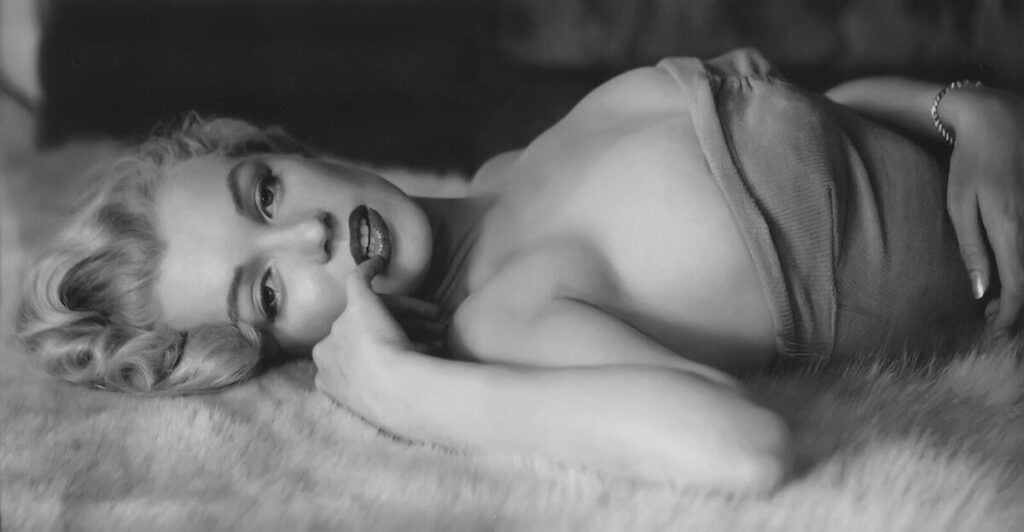

Dozens of other starlets and pin-up girls rode a Polar Bear rug to fame and fortune from the 1920s through the 1970s.
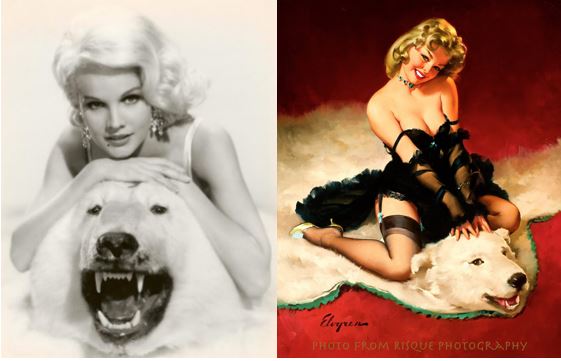
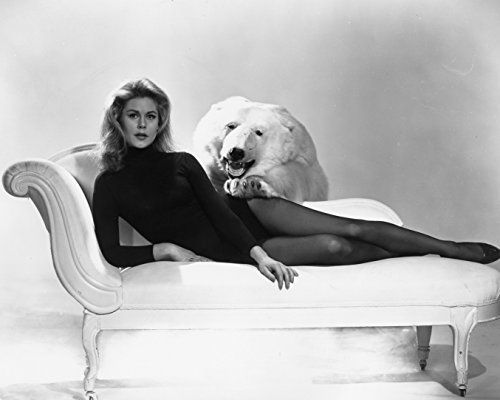
Even Samantha, the bewitching witch from Bewitched, had a go at it.
Polar bears hold an esteemed position in popular culture. They have been used to market everything from soft drinks to lingerie. They appear in advertising, books, television, and movies.
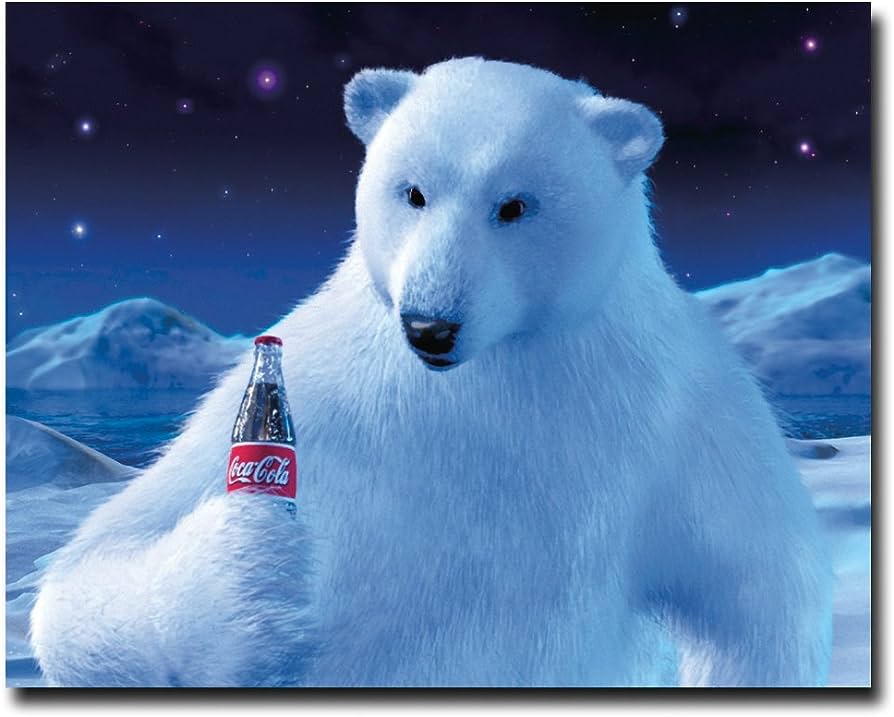

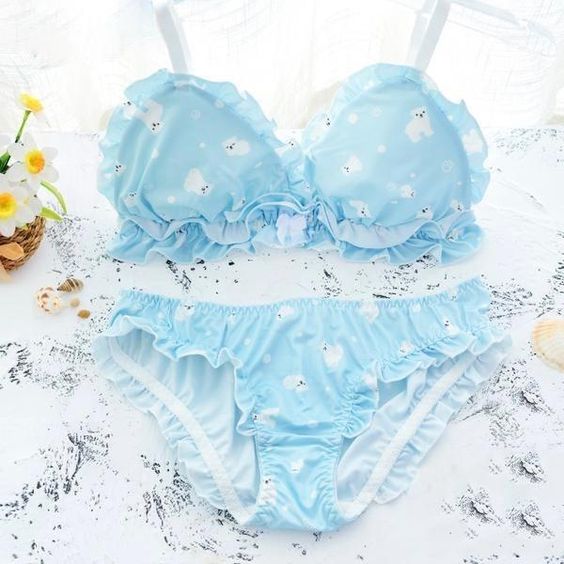

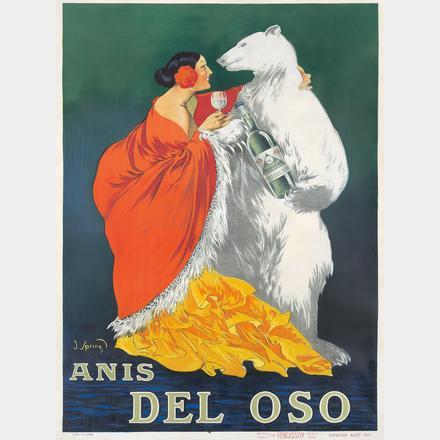

Traditional hunting, sport and commercial harvesting of polar bears is on the decline, but the polar bear now faces an even greater challenge. The threat of vanishing habitat is a clear and present danger.
Bear (the non-polar variety) and I are traveling to Churchill, Manitoba next week to observe polar bears in the wild. We hope to gain a better understanding of the vulnerability of the species and what can be done to arrest the decline in numbers.
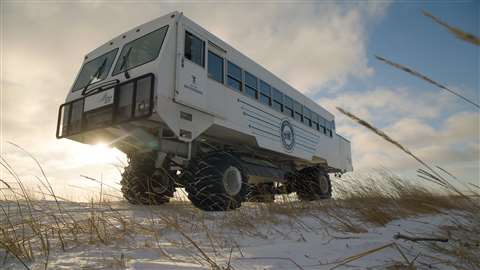
Hop in the Tundra Buggy and come along for the ride.
Knowing what we now know about the vulnerability of the species, the practice of using polar bears for commercial purposes seems wrong.
The cover photo I used for this article is compelling, if biologically insensitive …
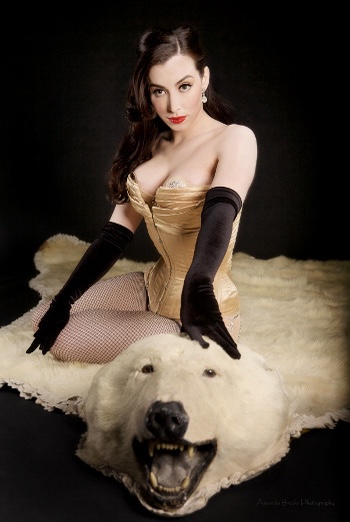
… My Apologies to the Bear
NOTE: No bears were harmed in the production of this article.


Leave a Reply